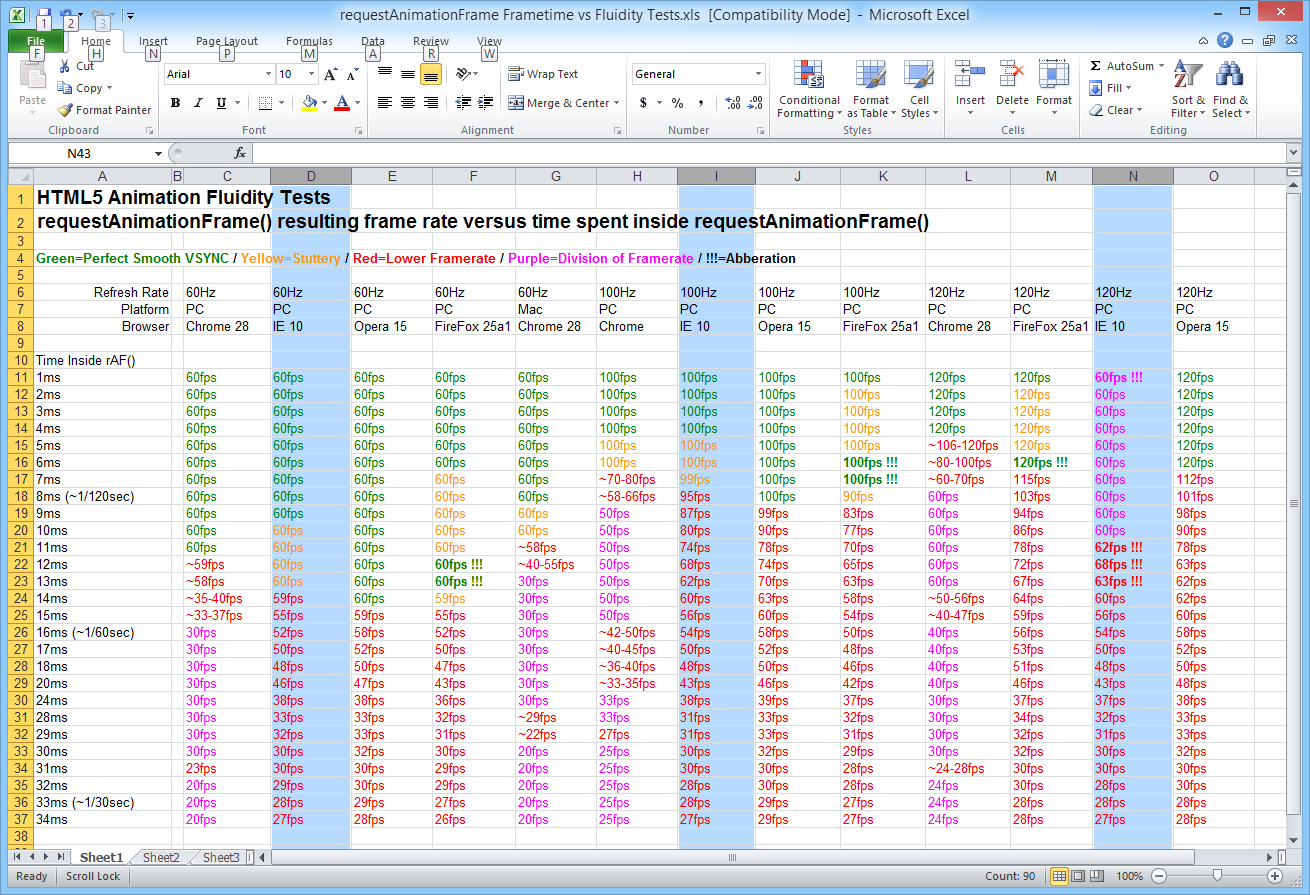Mark Rejhon
[H]ard|Gawd
- Joined
- Jul 6, 2004
- Messages
- 1,395
Help Convince Microsoft To Support 120Hz in Internet Explorer
(Even if you hate Internet Explorer)
Internet Explorer does not support 120fps animations because it has Internet Explorer has a built-in 105fps framecap!!!
All other major browsers successfully do 120fps animations already but Internet Explorer does not support animations at 120 frames per second, due to its framecap.
I want to ask all 120Hz/144Hz monitor users (QNIX, ASUS, BENQ, etc) in HardForum population to do this:
That's it! It benefits the Web in the future, if the whole web supports 120Hz and 144Hz. Internet Explorer is the ONLY browser that has a built-in framerate cap that cannot be removed. We want all 120Hz and 144Hz users to make sure Microsoft falls in line with all the other web browsers in implementing 120fps@120Hz support like all other major browsers. I am exchanging emails to a Microsoft employee directly in a separate email, that they are reconsidering. What we need is a little extra push, since we have actual 120Hz and 144Hz users.
Appreciated. Thanks!
(Even if you hate Internet Explorer)
Internet Explorer does not support 120fps animations because it has Internet Explorer has a built-in 105fps framecap!!!
All other major browsers successfully do 120fps animations already but Internet Explorer does not support animations at 120 frames per second, due to its framecap.
I want to ask all 120Hz/144Hz monitor users (QNIX, ASUS, BENQ, etc) in HardForum population to do this:
- See www.testufo.com in IE10 or IE11, or any website that supports 120Hz
. - Observe IE incorrectly detects refresh rate, due to IE's framecap.
. - Go to Microsoft.com 120Hz IE bug entry, and click "Sign In" at top to logon.
. - After signing in, a new link appears. Simply
Click the "I can too" link
that appears underneath "User(s) can reproduce this bug" at the upper-right.
.

That's it! It benefits the Web in the future, if the whole web supports 120Hz and 144Hz. Internet Explorer is the ONLY browser that has a built-in framerate cap that cannot be removed. We want all 120Hz and 144Hz users to make sure Microsoft falls in line with all the other web browsers in implementing 120fps@120Hz support like all other major browsers. I am exchanging emails to a Microsoft employee directly in a separate email, that they are reconsidering. What we need is a little extra push, since we have actual 120Hz and 144Hz users.
Appreciated. Thanks!
Last edited:
![[H]ard|Forum](/styles/hardforum/xenforo/logo_dark.png)
